09 Oct The Migration Theory and How it Affects the Early Settlers History in Misamis
In high schools and colleges all over the Philippines, history teachers still cling to an old theory about the origins of ancient Filipinos called the “Migration Theory.” According to the theory, the peopling of the Philippines was due to large “waves” of migrants that crossed over on different time periods. This Migration Theory was expounded by the late Dr. H. Otley Beyer, founder of the Anthropology Department of the University of the Philippines. Dr. Beyer surmises that this theory answers the question as to why the Philippines only has a protohistory rather than an ethnohistory.
The Migration Theory expounds that:
- The original inhabitants in the Philippines were cave men – “Dawn Man” as he calls them – and descendants of Java Man and Peking Man who crossed over on land bridges 250,000 years ago for hunting purposes.
- The second group to arrive was the Pygmies around 25,000 – 30,000 years ago, the precursors of our present Negritos, again through the land bridges.
- The third group to arrive was the seafaring Indonesians some 5,000 – 6,000 years ago because the land bridges were almost gone by then.
- The last group to arrive was the Malays, also a maritime people, who brought more organized governance, settlements, and the Iron Age.
However, in the light of new evidence against, or the lack of evidence to support the Migration Theory, some historians are now calling to dismiss Dr. Beyer’s theory:
- No actual archeological or historical evidence ever existed to back up any of Dr. Beyer’s points. The American anthropologist at that time used outmoded 19th century scientific methods of progressive evolution and migration diffusion as his basis. This method however, can only be used for large countries or continents such as Europe, and cannot be used for the Philippines since we are an archipelago while many Southeast Asian countries are separate from each other. No fossils even exist to back up “Dawn Man.”
- Migration “waves” just don’t happen without prior apparent political, economic, or military purpose. Most Southeast Asian countries are much larger in land mass compared to the Philippines which has no strategic or economic value. Even the existence of Negritos does not prove that the second wave happened.
- The division of Asian cultures is an entirely colonial and western concept. Unlike Europe, Southeast Asia shares a common race but with different cultures, customs, traditions, language, etc.
- If the Migration Theory is of any truth, then this means that the Philippine race is purely “imported,” a fact that is untrue given the many new archeological discoveries in the country.
What is a more acceptable concept is the “Core Population Theory” based on new local archeological discoveries in various locations around the country, as introduced by the late Dr. Robert B. Fox, a chief anthropologist of the National Museum. The theory simply states that almost all countries in Southeast Asia have their own “core populations” and that some of these moved around either by land or sea to migrate, and thus, intermarriages occurred all around.
Dr. Fox is credited with the discovery of the human relics and fossils dating back some 22,000 years ago inside Tabon Cave in Palawan. This is now the accepted first Stone-Age Filipino known as “Tabon Man” or “Palawan Man.”
So, how does this all affect the early settlement history or ancient history of Cagayan de Oro or Misamis?
First, the Migration Theory cannot be proven in the light of the ancient history of Misamis. While large tribes and civilizations already existed in Butuan, Camiguin, Lanao, and Maguindanao, again, no evidence exists of large waves of migrations from other countries into Mindanao.
The Core Population Theory is more in sync with the local ancient history with the discovery of the relics and fossils in the Huluga Caves on a promontory above the Cagayan River some 8 kilometers from the city, putting this discovery in a similar light to the Tabon Cave findings. Carbon dating of the Huluga relics and fossils dates it to around 3000 B.C.
Local and foreign archeologists and historians also agree that the early inhabitants of the Huluga Caves were the proto-Manobo from Bukidnon and nearby areas who settled in the area due to its proximity to the river.
There is also enough evidence to suggest that another settlement of Aetas were nearby and that both groups co-existed peacefully. The fact that these early “Cagayanons” lived in caves does not diminish the fact that there were already people outside the trickling migration patterns already existing in Misamis. Later, as more people from the Visayas and nearby Mindanao tribes began mixing in and out of the area, a larger settlement in Himologan was established.
The Himologan settlement is more complex, with long houses on high stilts built on the same promontory where Huluga is. The high ground mystery of Huluga and Himologan has already been solved because studies on the river suggest that in ancient times the river tended to be torrential during the rainy season and would overflow its banks. Aside from hunting, more evidence shows that farming also took place on the plains below the settlement. This shows that the settlement was not only organized, it even traded with other tribes and settlements from as far as Butuan, Lanao, and the Visayas, again opening the doors to small migrations and intermarriages.
Another way to disprove the Migration Theory in the light of the ancient history of Misamis is that, had the theory been correct, then Islam would have been brought by the migrant “waves.” Contrary to the popular misconception held by many Cagayanons, when the Spanish discovered the tribes around Cagayan, these settlements had not yet been converted to Islam and instead practiced a form of religion similar to animism or shamanism, the belief in deities called diwatas. Islam was actually only brought to parts of the Philippines in the 1400’s by Islamic missionaries. These missionaries were instrumental in converting almost the whole of Lanao and Maguindanao, but somehow could not convert the Himologan and Bukidnon tribes.
However, the Himologan settlement, numbering around 500, found themselves outnumbered by the united tribes of Lanao and Maguindanao and so had to pay tributes and taxes to them, while paying lip service to Islam. Lip service however, is not the same as converting, and the Himologan tribes continued with their own religion until the Spanish arrived in 1622.
It is sad to note that many Cagayanons still learn about the Migration Theory while not being taught the complete history of Cagayan and Misamis. The above alone will show how contradictory both are. Perhaps history teachers can slowly introduce the Core Population Theory while showing the context of it in the light of the Huluga and Himologan prehistory. After all, every Cagayanon has the right to know the REAL history of Cagayan de Oro and Misamis.

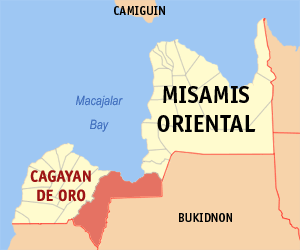
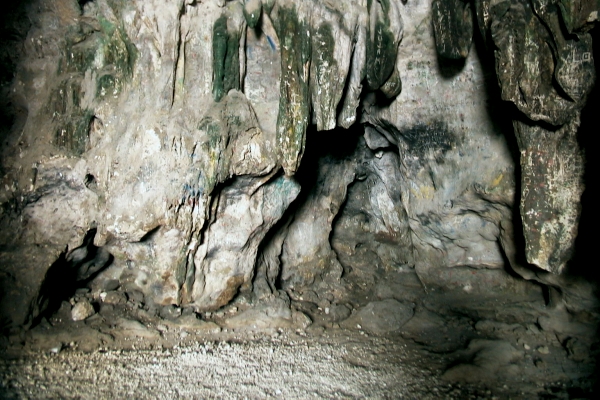
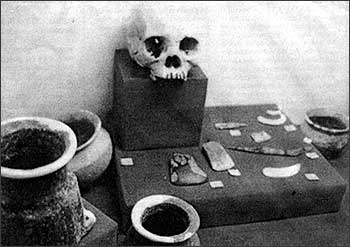
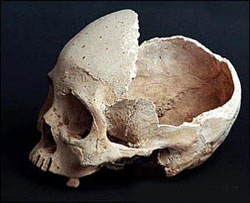
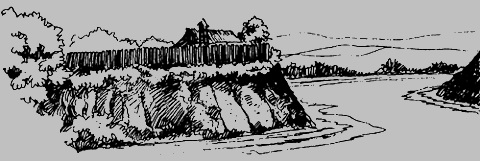

No Comments